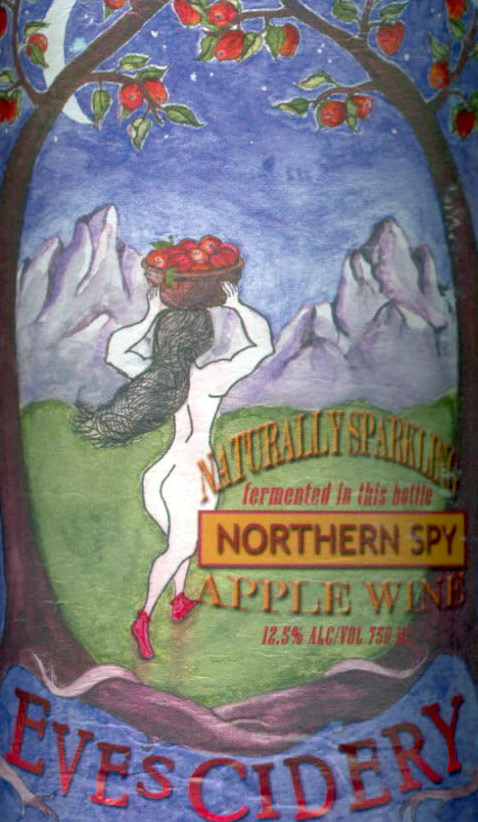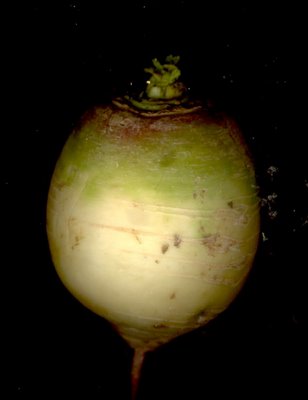
Another chapter in the bag. Can't write--no words left in brain. But here's something old. Subsequent issues will have the matzo ball recipe. No fear.
The Chocolate Lady’s 2001 Vegetarian Peysekh Survival Guide
Cherished khevre,
The joyous Peysekh season is at our throats once again. In spite of the many restrictions associated with this holiday, it is an auspicious time eagerly anticipated. Here are some of the things I am especially anticipating this year. Don’t you feel sorry for the poor people who eat the same food all year round, and on the same dishes? What kind of life is that?
Ingredients
Stocking up: you probably need more eggs that you are guessing, and less matse meal. Last year I bought 9 dozen eggs and would have used more if I had had more. While it is true that I rely on eggs and milkhiks at Peysekh, I insist that it is possible to be a vegan at peysekh as well. I even insist that you can do it without potatoes, though I never tried.
There are some things I don’t use during Peysekh for practical reasons. I found I am much happier if I don’t bother with tomatoes during peysekh. Tomato season will come soon enough. This is the time to concentrate on the fresh green flavors of artichokes, parsley, dill, endive, locinato kale, and asparagus as well as chocolate, pistachios, beets, all sorts of potatoes, and strawberries.
Recipes
Tea eggs
This recipe is not a staple of the peysekh repertoire, but I associate both tea and eggs with the season, and it is great fun.
Simmer eggs for seven minutes. Gently tap the eggs all over so that the shells are lightly cracked all over. Cook the eggs for another several minutes in strong, salted tea. Leave the eggs to cool in the water with the tea leaves. When you peel the eggs, they will have a lovely marble pattern on their whites.
Another version
Dr. Lucia Ruedenberg Wright told me that she recalled making a version of colored eggs in her family by laying delicately shaped leaves such as herbs on the eggshells and then wrapping the eggs in onion skins, tying them with twine and boiling. When you remove the skins, the silhouettes of the leaves remain.
Matzo Balls and soup
One of the most urgent tasks for vegetarians at Peysekh is the search for a matzo-ballogenic medium. This recipe is a work-in-progress meant more as a bit of inspiration than prescription.
My matzo ball soup
In a large soup pot, make stock by cooking carrots, potatoes, celery, celeriac, onions, garlic, parsnip and parsley root in boiling salted water for 30 minutes. Strain and set aside.
Cover the bottom of a large pot with extra virgin olive oil. Add lots of thinly sliced onions and cook over low heat until they begin to turn soft and translucent. Add a couple of slivered carrots and celery and cook for a few minutes more. Add thinly sliced garlic and thinly sliced yellow peppers. I peel the peppers but you are allowed to skip this step. (I realize I am not being very helpful with the quantities here. I make a BIG pot of soup with about six medium onions, two carrots, four celeries, a whole head of garlic and six to eight peppers). Cook until the vegetables are relaxed and golden and fill the pot with the hot broth. Cook for a while and de-scum the surface. While the soup cooks, chop and add one bundle each parsley and dill. Season with salt, pepper, paprika and dried green herbs to taste. Before serving float a few “eyes” of olive oil on the surface. This soup is a very happy home for matzo balls.
I will not try to convey my recipe for matzo balls because first of all, it is incomprehensible even to me, and secondly, you are already loyal to a recipe from which you will never be parted, so what is the point? Make lots of matzo balls. More than you think you will possibly need. You do not even need soup to enjoy matzo balls. Lora Brody suggests eating them cold with butter. I like them grilled. You may also cut them into cubes and use as a peysekhdik tofu-substitute.
Cookbooks
The Unplugged Kitchen by Viana La PlaceI am afraid I am going to have to insist that you buy this book. When I first read it, I was so impressed that I went around for weeks accosting perfect strangers on the street to tell them they needed The Unplugged Kitchen. I was nearly arrested on two occasions.
The recipes are exquisite and many are particularly suited to Peysekh, even though it is not specifically a Peysekh cookbook. TUK is devoted to recipes that can be made by hand, which I also find especially helpful during Peysekh, when I am working with a much more limited batterie de cuisine. Try the layered saffron potatoes on page 222 (oh, this is so good), the artichokes and potatoes on pages 199 and 201 and the wonderful Persian herb pie on page 83. The celery stew with almonds is also lovely and it is a good austere dish to make when you are recovering from lots of festive food. This year I might try the romaine soup, without the bread of course, the beet and lemon broth, and maybe the beet and pepper salad.
While I am on the subject, I also recommend all of La Place’s books. Verdura is sensuous and thrilling, and Cucina Fresca, written with Evan Kleinman, is a collection of dishes that can be prepared in advance and served at room temperature, which is very helpful for shabes and sikes.
The Heimishe Kitchen Pesach Cookbook
This is a community cookbook put together by the Ladies’ Auxiliary of Nitra, and this is what people are REALLY cooking for Peysekh. I have always been intrigued by the recipe for french fries kugel on page 86, but so far have not dared try it. Maybe this year I will.
The Greens Cookbook by Deborah Madison and Edward Espe Brown
A recipe I love at any time of year is The Greens’ Potatoes and Chanterelles baked in cream (page 210)
Bitter Almonds by Maria Grammatico and Mary Taylor Simeti
You wouldn’t guess that a book about growing up in a convent would turn out to be such an important Passover resource, but many of the pastries herein are based on almond dough and ideal for peysekh. This year I hope to try the dolcetti al liquore, spirit-soaked grapes in marzipan tartlets dipped in dark chocolate. Bitter Almonds also has a few recipes that use citron (esrik) preserves, for which a recipe is also provided, making it handy for sikes as well.
Sources
This year I ordered wine from Skyview through www.kosherfinder.com This site also has Rabbi Blumenkrantz’s digest of the laws of peysekh online—very helpful.









































